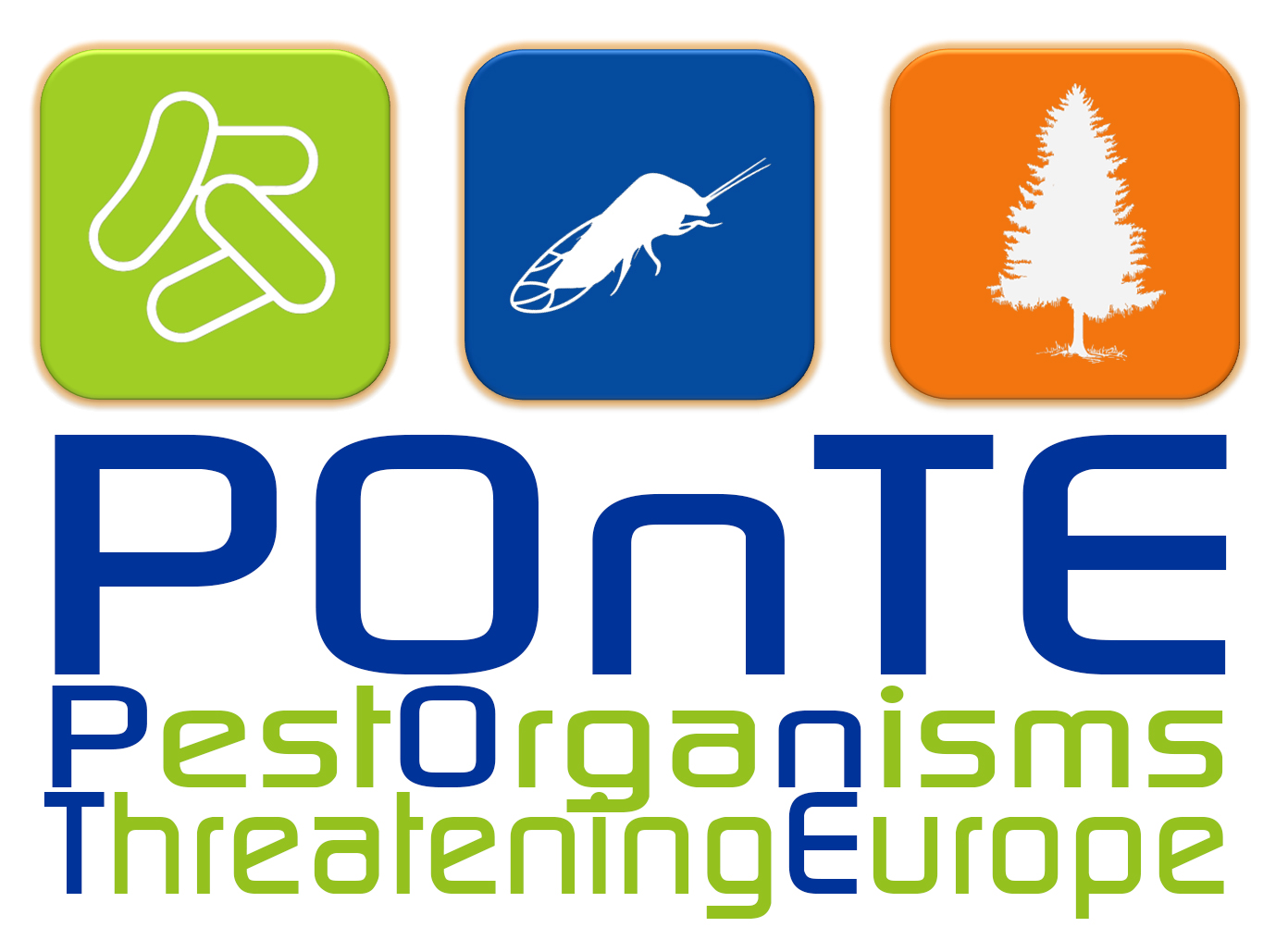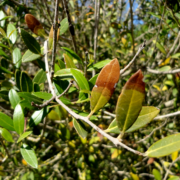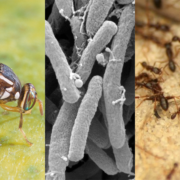Questions and Answers regarding Xylella fastidiosa
To know more about the actions taken by the EU against Xylella fastidiosa and the map of outbreaks reported in the EU, it is useful to take a look to the following link:
Besides it is also possible to consult the list of demarcated areas established in the Union territory for the presence of Xylella fastidiosa and the timeline of EU’s actions against Xylella fastidiosa.
In Europe, 359 plant species have been identified as susceptible to Xylella. However, many infected plant species show no symptoms. These symptomless plants are difficult to detect and provide a reservoir for re-infection of other plants. This ability to infect a wide range of plants and the ability to ‘hide’ in symptomless plants makes Xylella difficult to control.
Xylella was first found in Europe in October 2013, causing disease of olive trees in the Lecce province of Italy. A separate outbreak was discovered in Corsica and mainland France in July 2015 on ornamental plants (Polygala myrtifolia).
Xylella fastidiosa has been blamed for the devastation of tens of thousands of acres of olive groves in Italy’s Puglia region. EU-wide measures taken to contain the bacterium have so far failed to prevent its spread.
By the end of 2015, there were 194 confirmed infections in Corsica, and by the end of January 2016, the number had risen to 233.
According to the plant health experts of the European Food Safety Authority (EFSA), there is no control method currently available to cure diseased plants in the field. Changes in cropping systems could have some impact on the disease (e.g. pruning, fertilisation and irrigation), but this is not enough to cure plants. In Apulia, severe pruning of infected olive trees resulted in the emission of new sprouts from the base of the tree but so far, this has not been shown to cure the plants and prevent them from dying.
The control strategy has to be focused on the insect vector and on the removal of infected plants that, if left on the field, can act as a reservoir for the bacterium inoculum.
 (Courtesy of http://www.teatronaturale.it/)
(Courtesy of http://www.teatronaturale.it/)









